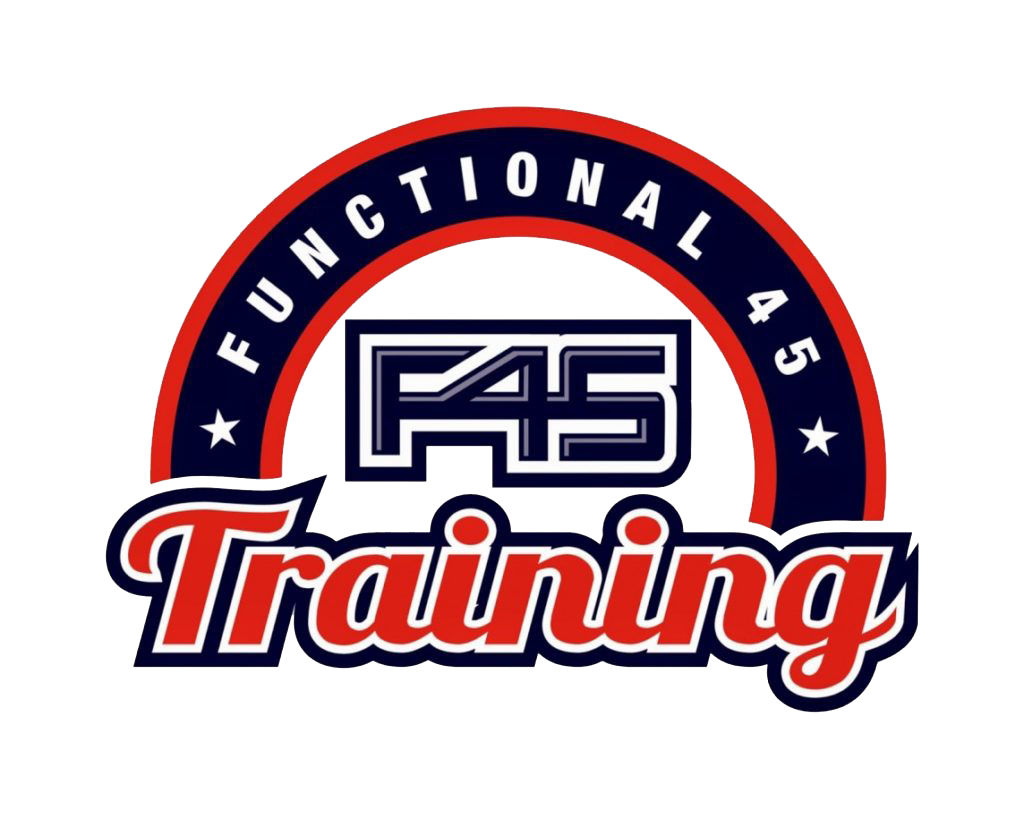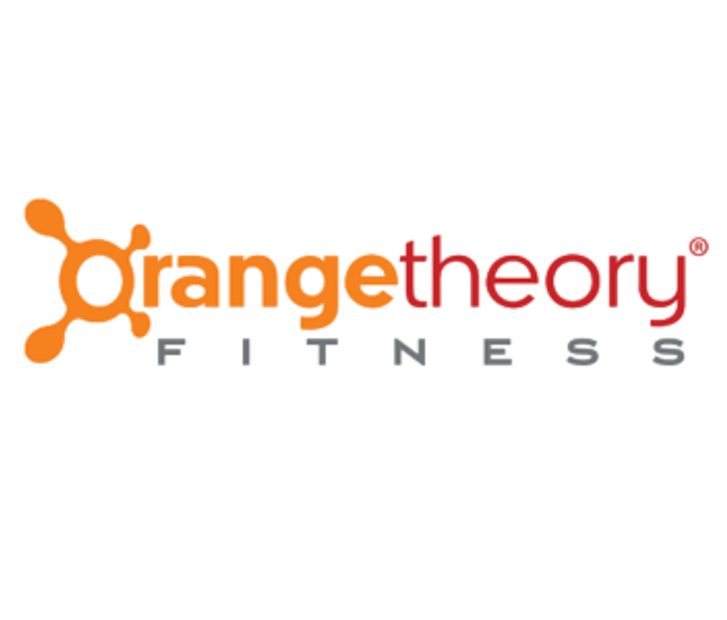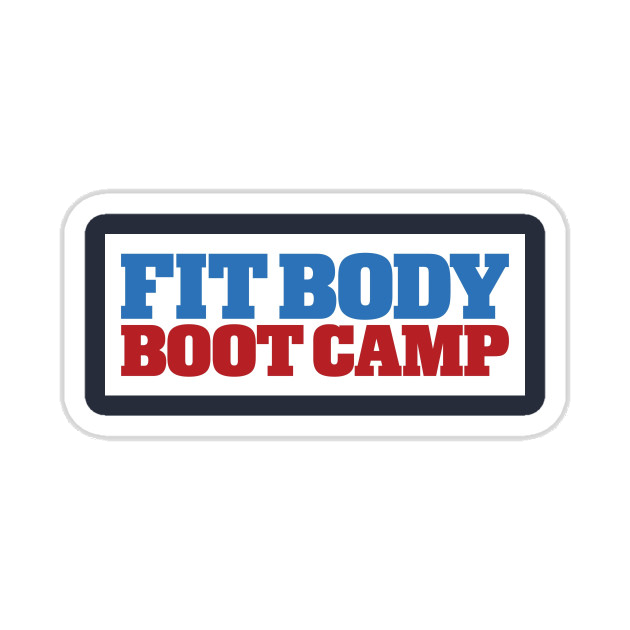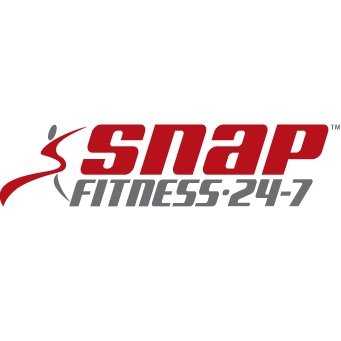Brand Experience








HOW TO WRITE A MARKETING PLAN FOR YOUR FITNESS BUSINESS
05 August, 2019
Writing a marketing plan for your fitness business might seem like a daunting task, but it really doesn’t have to be. To set yourself up for success in the fitness industry, do yourself a favour and spend some time writing a marketing plan. It is a vital piece of your overall fitness business strategy, and will ultimately assist you in understanding the opportunities and identifying how to take advantage of them.
Don’t have any experience in marketing? As with anything in business, there is no better way to learn then jumping right in and getting some first-hand experience. Writing your marketing plan will help you to better understand your fitness business, how and what needs to be done to reach your goals, and it can help guide you in your decision making as you move forward.
Don’t look at planning as a time waster, or dread having another document that sits on your hard drive and never sees the light of day. Your marketing plan doesn’t have to be endless pages, and it doesn’t have to be complicated. In fact, it is important that your marketing plan is simple, easy to understand, outlines your marketing efforts and sets you some realistic yet daring goals.
We are going to show you what needs to be on your 12 month fitness business marketing plan, how to keep it lean and useful, with meaningful data to help shape the way your fitness business operates. Plus, check out the end of this blog for a downloadable marketing plan template designed by us.
WHAT NEEDS TO BE ON YOUR FITNESS MARKETING PLAN:
Your fitness business purpose
Why did you start your business? What do you want to achieve? Your business purpose should focus on what you are doing for your clients to meet their needs. Have a think about what are the challenges your clients face, and how your fitness business helps your clients to overcome it.
i.e. To make fitness accessible for Western Sydney locals with a gym that provides affordable memberships, that don’t compromise on value inclusions or quality service.
Strengths, Weaknesses, Opportunities, Threats
SWOTS are popular for a reason. They are a fantastic snapshot of your current position and are useful in identifying where change could really drive your fitness business forward. They are good to do at the beginning of your plan, to remind yourself of where you are currently sitting, and what goals are important to your business.
We recommend putting some real thought into your SWOT, and having it front and centre on your marketing plan. Remember this is a 12 month marketing plan, so base this on that time frame.
Here’s an example for each quadrant of the SWOT:
- Strengths – I.e I’m the biggest gym in the area
- Weaknesses – i.e. I have staff retention problems
- Opportunities – i.e. An additional Personal Trainer on the team would allow me to focus more on management
- Threats – i.e. another gym may open in this area
Marketing Mix
Your marketing mix contains four elements – each must work cohesively to ensure your marketing will be a success. Essentially what are you offering, for how much, how will you promote it and where:
Product – What do you offer and what is unique about it i.e. I’m a female only fitness centre offering supportive environment, one-to-one coaching in a modern, warm & inviting fitness centre.
Price – What is the value of your memberships, list all types here and outline any special offers. $120 per month memberships, we run two special sign up offers per year at $100 per month.
Promotion – Where do you promote your business i.e. social media, print advertising, website, local flyers
Place – where are you located, where are your target audience located, where do you promote i.e. North Sydney, servicing the areas of Waverton, Wollstonecraft, Mosman etc.
Ok, now you have summarised in short your marketing strategy.
My main competitors
Research and list your main competitors. Your competitors are likely servicing the same area and trying to reach the same target market.
My competitive advantage
What sets you apart from your main competitors? i.e. Members receive free monthly PT session or Membership is more premium and includes XYZ. You will want to speak to these points in your marketing, they are your point of difference.
Who is my customer and what is important to them
Take some time to really think about your target audience. If you advertise your gym to absolutely everyone, then you will be wasting valuable money. You may have a few key target audiences, list them in order of priority (based on the impact they will have on your business revenue).
i.e. Females 25 – 40 years old who are looking for a fitness centre with group classes that offer variety
i.e. Males 20 – 45 years old who want a quality weights area for muscle gain
i.e. Women 35 – 45 years old who need supportive one-on-one training, that maximises time and effort in gym
Every time you make a marketing related decision you need to consider who you are talking to, and how you can reach them. Speak their language, advertise to them where they will see it, and be specific.
What I want to accomplish over the next 12 months
Your main business goal is usually related to profitability or revenue. Ensure you keep it specific and achievable.
i.e. Increase revenue by 15% over the next 12 months.
Marketing objectives
Focus on our main goal for the next 12 months, and now identify smaller objectives that need to be met in order for you to achieve your main goal.
i.e. 20 new clients per month, with a combined revenue of $4,000
i.e. recall ranking of number one for local fitness business amongst target audience
i.e. improve membership retention by 10%
i.e. introduce a new revenue stream that will generate an additional $15,000 per annum
Marketing Strategy
Your strategy is going to outline how you meet those objectives. What needs to happen.
i.e. If you need more fitness clients, then you will need more leads right? So your strategy may be to increase leads generated each month to 200
i.e. increase my marketing spend through local channels to increase my recall amongst target audience
i.e. introduce a quarterly challenge for current members to keep them engaged
i.e. introduce a new fitness challenge that will generate new members and additional revenue
Marketing Channels
Ok, we need to continue breaking it down, so next let’s take a look at each objective you’ve set, and exactly what marketing needs to be done to make this happen.
i.e. More leads – run Facebook Lead Generation campaign once per month with a budget of $1000
i.e. More local advertising – book advertising in the local newspaper, local radio, and run Facebook and Instagram ads to people in the local vicinity to raise brand awareness. Engage an SEO specialist to improve my google ranking.
i.e. Organise a quarterly challenge and promote it to members through email, flyers, posters, SMS
i.e. Promote the new fitness challenge through Facebook Advertising with a budget of $1000
Marketing Budget
Ok, we have identified what needs to happen, now let’s allocate the annual budget required to bring this to fruition.
- Social Media – $X
- Print Media – $X
- Printing – $X
- Broadcast Media – $X
- Digital Media – $X
- Design Costs – $X
- Admin Costs – $X
Once your planning is complete, make sure you keep your fitness marketing plan somewhere visible. Reference it regularly as a reminder of who your audience is, and what your drivers are for success, and don’t forget it can be fluid. If you need to rethink your goals, or you have some key learnings that need to be applied, then make those changes and ensure you communicate them with your team.
Need some more help developing a fitness marketing plan for your business? Download our A3 one page Marketing Plan template for only $4.95 HERE




